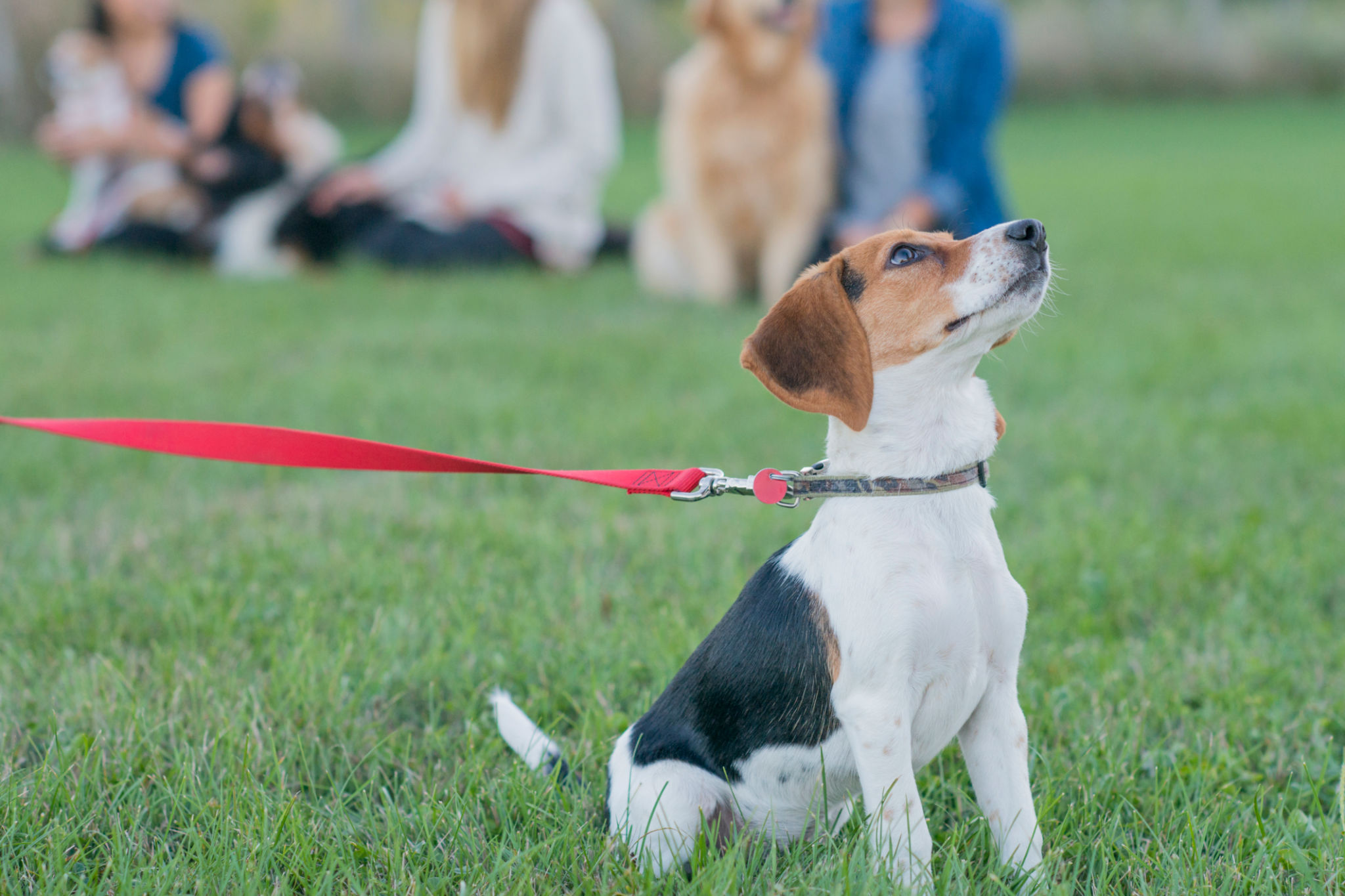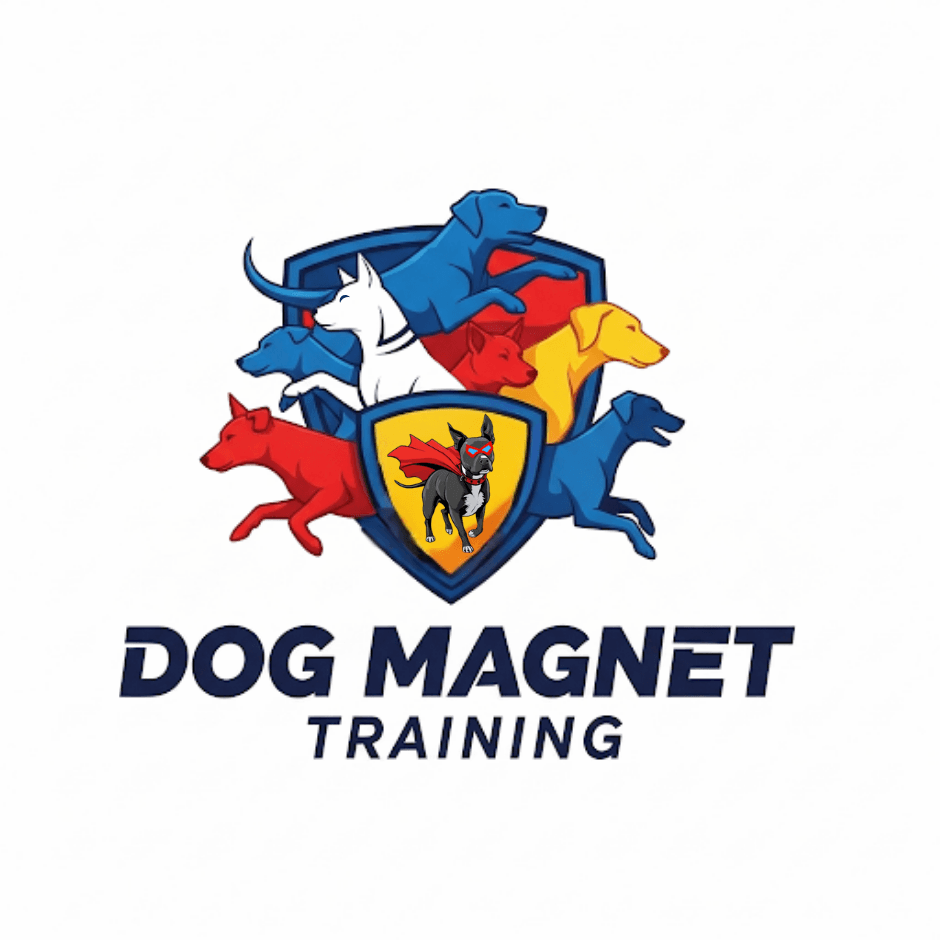DIY Dog Training Techniques: Tips for Success
Understanding Your Dog's Behavior
Training your dog at home can be a rewarding experience for both you and your canine companion. Understanding your dog's behavior is the foundation of successful training. Dogs communicate through body language, vocalizations, and actions. Observing these cues can help you tailor your training methods to suit their individual needs.
Common signs to look for include tail wagging, which often indicates happiness, or a raised hackle, which may suggest fear or aggression. By learning to read these signals, you can better manage your training sessions and build a stronger bond with your dog.

Establishing a Routine
Dogs thrive on routine, making it essential to establish a consistent training schedule. Setting aside specific times each day for training helps your dog know what to expect and reduces anxiety. Consistency is key, as it reinforces desired behaviors and creates structure.
Start with short sessions, around 5-10 minutes, and gradually increase as your dog becomes more comfortable. Remember to keep the sessions engaging and fun to maintain their interest and motivation.
Positive Reinforcement Techniques
Positive reinforcement is one of the most effective training methods. This technique involves rewarding your dog for displaying desirable behaviors, which encourages them to repeat these actions. Rewards can include treats, praise, or playtime.
When using treats, ensure they are small and healthy to prevent overfeeding. Timing is crucial; offer the reward immediately after the desired behavior to reinforce the connection. Over time, gradually reduce the frequency of treats and replace them with verbal praise or affection.

Basic Commands to Teach Your Dog
Mastering basic commands is essential for effective communication and safety. Start with simple commands such as "sit," "stay," "come," and "leave it." These commands provide a foundation for more advanced training and help manage your dog's behavior in various situations.
- Sit: Hold a treat close to your dog's nose, slowly move your hand up, allowing their head to follow the treat and causing their bottom to lower. Once sitting, say "sit" and give them the treat.
- Stay: Ask your dog to sit, then open your palm in front of you and say "stay." Take a few steps back, if they stay, reward them.
- Come: Attach a leash, get down to their level, and say "come" while gently pulling the leash. Reward them when they reach you.
Dealing with Challenges
Training isn't always smooth sailing. You may encounter challenges such as distractions, stubbornness, or fearfulness. It's important to remain patient and persistent. If your dog loses focus, try training in a quieter environment or using higher-value rewards.
If stubbornness persists, consider breaking down commands into smaller steps or taking breaks during sessions. For fearful dogs, gradual desensitization and positive reinforcement can help build confidence over time.

The Importance of Socialization
Socialization is a crucial aspect of training that helps your dog become comfortable with various environments, people, and other animals. Early socialization can prevent behavioral issues and promote a well-rounded temperament.
Expose your dog to different settings gradually and in a controlled manner. Reward them for calm behavior during these interactions to reinforce positive associations.
Tracking Progress and Setting Goals
Keeping track of your dog's progress is vital for successful training. Set achievable goals and monitor improvements over time. Note any challenges or breakthroughs in a journal to adjust your approach as needed.
Celebrating small victories helps maintain motivation for both you and your dog, reinforcing the bond you share through positive experiences.
